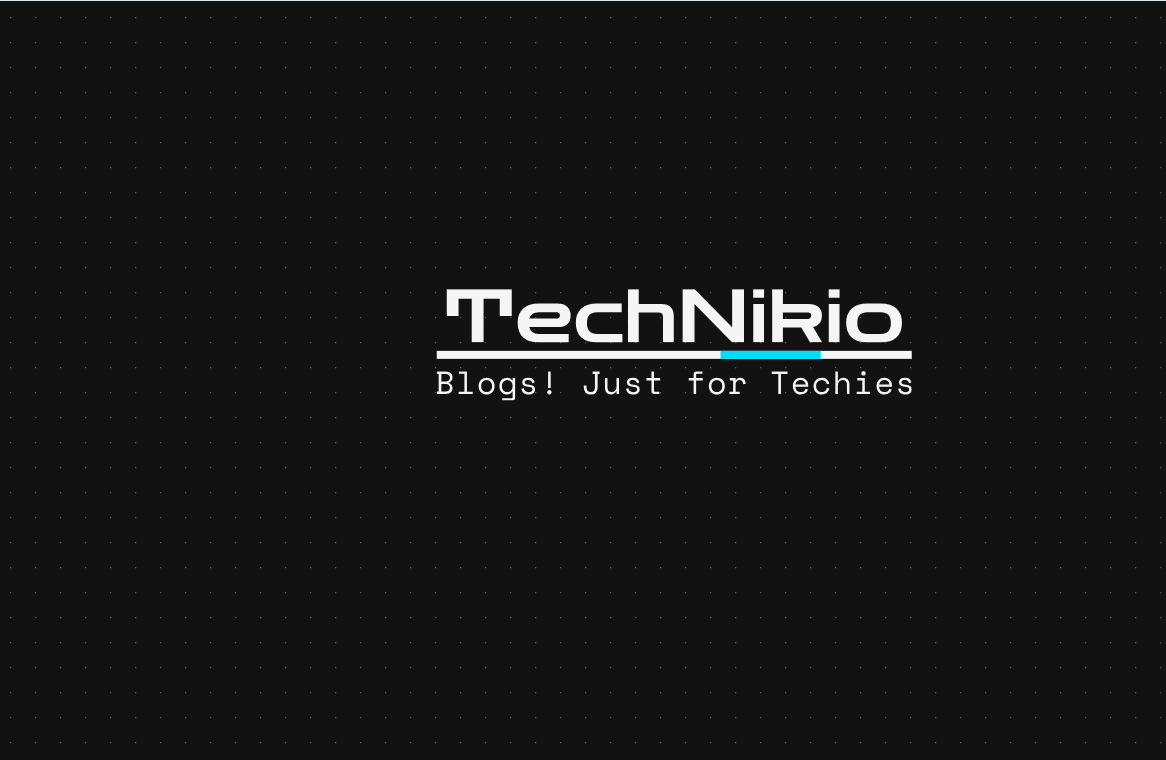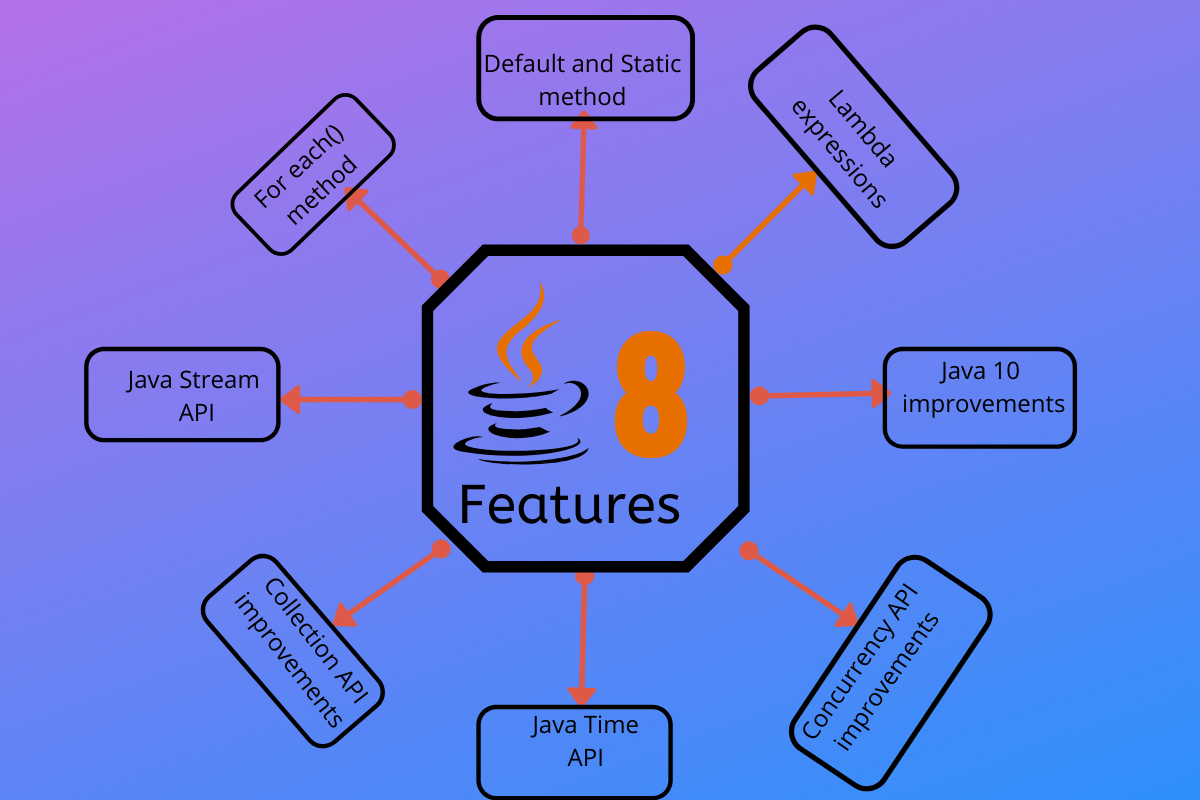"Mastering Java 8: Lambda & Streams Unleashed"
 Nikhil Abhiman Jadhav
Nikhil Abhiman JadhavTable of contents
- #CodeMagicLaughs🦸♂️
- 1. Introduction
- 2. What are Lambda Expressions and Streams?
- 3. Why Java 8?
- 4. Features of Java 1.8
- 5. How do Lambda Expressions and Streams Work?
- 6. Types of Lambda Expressions and Stream Operations
- 7. Functionalities of Lambda Expressions and Streams
- 8. Implementations in Java 8
- Implementation:
- Syntax for Stream Operations
- Example of Stream Operations
- 9. Advantages of Lambda Expressions, Streams, and More
- 10. Disadvantages to Consider
- Conclusion
- Happy coding! 🚀✨

#CodeMagicLaughs🦸♂️
1. Introduction
Ahoy, Java adventurers! In the vast realm of programming, Java stands as a stalwart vessel, and with the advent of Java 8, it has hoisted its sails to new heights. Today, we embark on a thrilling journey through the Java 8 seas, where Lambda expressions, Streams, and an array of other powerful features await to revolutionize your coding odyssey.
2. What are Lambda Expressions and Streams?
Picture Lambda expressions as nimble crew members—compact blocks of code that enable you to express instances of single-method interfaces more concisely. Streams, on the other hand, are your trusty navigators, facilitating the processing of sequences of elements efficiently.
3. Why Java 8?
Java 8 isn't just an update; it's a game-changer. With Lambda expressions, Streams, and a plethora of other features, Java becomes more expressive and efficient, empowering developers to write cleaner, more maintainable code while leveraging modern programming paradigms.
4. Features of Java 1.8
Lambda Expressions
Stream API
Default Methods (Virtual Extension Methods)
Optional Class
Functional Interfaces
Method References
Date and Time API
CompletableFuture
Parallel Array Sorting
Nashorn JavaScript Engine

5. How do Lambda Expressions and Streams Work?
Lambda expressions introduce a more functional approach to Java, enabling you to pass behavior in a concise manner. Streams provide a fluent API for processing collections of data, enabling powerful operations like filtering, mapping, and reducing with ease.
6. Types of Lambda Expressions and Stream Operations
Lambda expressions come in various flavors, from simple one-liners to more complex multi-line blocks. Streams offer a plethora of operations, including intermediate operations like map and filter, and terminal operations like forEach and collect.
7. Functionalities of Lambda Expressions and Streams
Lambda expressions empower you to write more flexible and reusable code, while Streams streamline the manipulation of data collections, offering a declarative way to perform operations.
8. Implementations in Java 8
Java 8 integrates Lambda expressions, Streams, and other features seamlessly into its syntax, allowing you to leverage these powerful tools across your projects with ease.
Syntax:
(parameters) -> expression
or
(parameters) -> { statements; }
Implementation:
// Traditional approach
Thread thread = new Thread(new Runnable() {
@Override
public void run() {
System.out.println("Hello from a thread!");
}
});
thread.start();
// Using Lambda expression
Thread lambdaThread = new Thread(() -> {
System.out.println("Hello from a thread using Lambda!");
});
lambdaThread.start();
Syntax for Stream Operations
stream()
.operation1()
.operation2()
.operationN();
Example of Stream Operations
List<Integer> numbers = Arrays.asList(1, 2, 3, 4, 5);
// Filtering numbers greater than 2
List<Integer> filteredNumbers = numbers.stream()
.filter(n -> n > 2)
.collect(Collectors.toList());
System.out.println("Filtered numbers: " + filteredNumbers);
// Mapping numbers to their squares
List<Integer> squaredNumbers = numbers.stream()
.map(n -> n * n)
.collect(Collectors.toList());
System.out.println("Squared numbers: " + squaredNumbers);
9. Advantages of Lambda Expressions, Streams, and More
With Lambda expressions, code becomes more concise and readable, promoting better maintainability. Streams facilitate efficient and parallel processing of data, enhancing performance and scalability. Additionally, features like default methods, Optional class, and CompletableFuture bring added flexibility and robustness to Java development.
10. Disadvantages to Consider
While Java 8 introduces numerous benefits, it may also present a learning curve for those unfamiliar with functional programming concepts. Moreover, misuse of certain features, such as parallel stream processing, can lead to performance bottlenecks.
Conclusion
As we wrap up our voyage through Java 8, the next chapter awaits—a thrilling dive into JDBC! Get ready to unleash your inner superhero as we conquer the realm of database connectivity in our upcoming article. Stay tuned for an adventure that promises excitement, challenges, and the chance to wield the powers of Java like never before. Until then, keep coding with the spirit of a superhero, and may your Java adventures be as epic as a Marvel movie marathon!
The countdown begins—don't miss the thrill! 🚀💻 #JavaCollectionMagic #NextChapterUnleashed 🌈✨
#CodeMagicLaughs🦸♂️
Happy coding! 🚀✨
Subscribe to my newsletter
Read articles from Nikhil Abhiman Jadhav directly inside your inbox. Subscribe to the newsletter, and don't miss out.
Written by

Nikhil Abhiman Jadhav
Nikhil Abhiman Jadhav
Hey there 👋🏻, I'm Nikhil Jadhav, a passionate tech enthusiast and aspiring writer on a mission to demystify the complexities of coding and technology. By day, I'm immersed in lines of code, and by night, I'm weaving words to make tech more accessible and enjoyable for everyone. 📬 Get in touch Twitter: https://twitter.com/Technikio LinkedIn:linkedin.com/in/nikhil-7571nik GitHub:github.com/jadhavnikhil2624